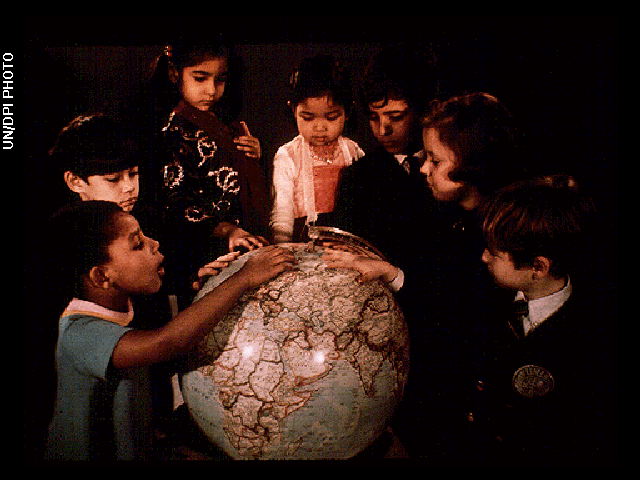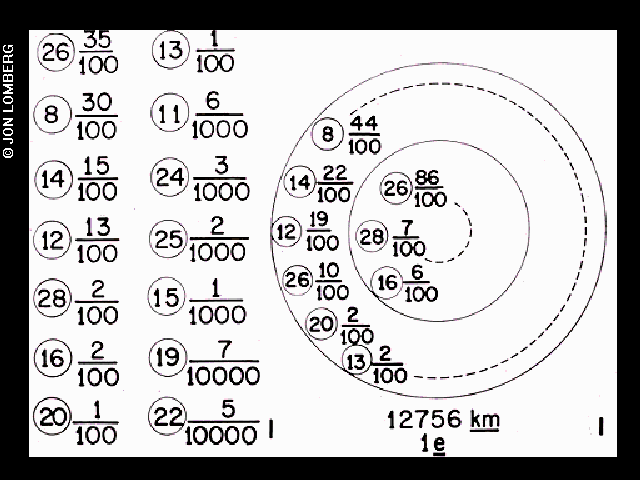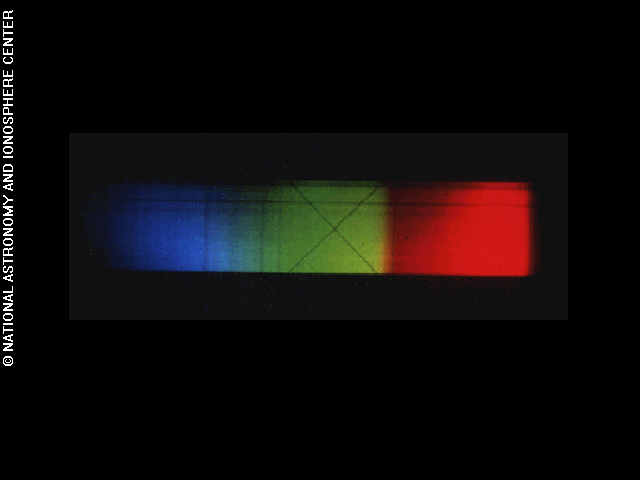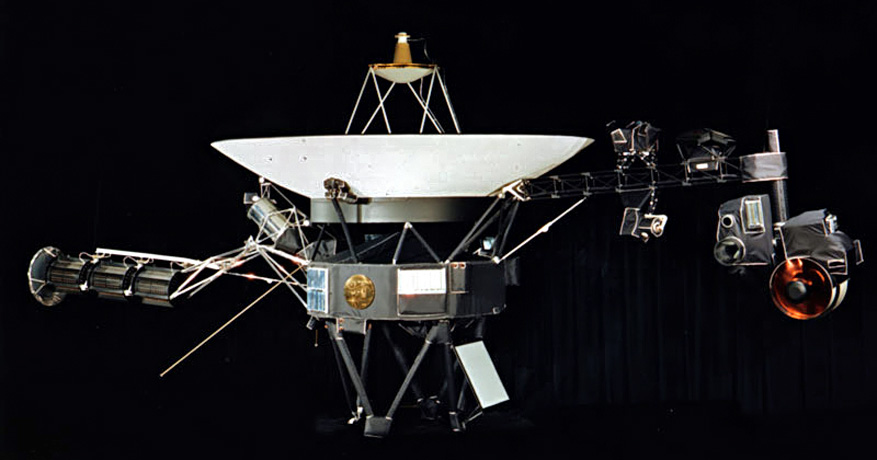Blog #2 Jackie Domi
Our first trip to JPL had me in consistent awe, a perpetual state of dropped jaw. To see all of these artifacts and hear from the people who work with them daily was a experience like no other. I felt oddly comfortable within such an intense work space. But the trip was also a fulfillment of childhood dreams, to see the very place where so many important and inspiring astronomical endeavors had been born. Our first tour through the artifacts was an initial gaze into the success and wonder that JPL has created. The first model to take my attention was the replica of the Voyager, the satellite that houses a golden record, with a compository of a mixture of sounds of earth. I find it fascinating how humans are obsessed with contacting other forms of life, regardless of the incredibly slim odds that there is life out within our reach, and that it will be able to communicate with us. But the record is perplexing, the sounds and songs on it range from greetings in all languages, to sounds of earth such as rain and trains, and to a variety of classical and contemporary music. The record even includes images, of a variety of scenes from life, during the year the Voyager was sent, and more educational images of mathematics, and scientific inquiry.



All of these images and sounds are meant to be a representation of life on Earth for another life form. But what is most complex about the record is the instructions. They are the most cryptic diagram of instructions I have ever seemed, it is unfathomable that another life form could figure it out when most of the human race probably couldn't! But we shall hope that other alien life is more intelligent than us.

 What also fascinates me are the modes of space photography. As a child I had a set of photographs of the planets and moons of our solar system, the most beautiful clear images of these planets, that I often questioned if they were real. Cassini is one such space craft that was mentioned on our tour, and interestingly enough, Cassini was born the same year as myself, and was sent to plummet to its own death just yesterday, thus ending the 20 year legacy of capturing Saturn in it's best and most intimate form. Cassini is accredited with such visual discoveries as what lies upon Saturns moons, like the ice covered liquid orb that is Enceladus, or the terrestrial esque landscape of Titan. Cassini has also obtained remarkable imagery of Saturn's atmosphere, we have learned that Saturn is a very hurricane dense place, with hurricane like formations even containing lightning. We can see these incredible swirls of elements thanks to Cassini's photography. Cassini had an incredible legacy that brought us closer to understanding such a mystical planet, and offering insight into its functioning, and the potential of its moons. While we explore other vast solar systems for Earth like planets, it is helpful to first look at our own surrounding planets and moons to see if they have a potential for life, or even just learning from their systems.
What also fascinates me are the modes of space photography. As a child I had a set of photographs of the planets and moons of our solar system, the most beautiful clear images of these planets, that I often questioned if they were real. Cassini is one such space craft that was mentioned on our tour, and interestingly enough, Cassini was born the same year as myself, and was sent to plummet to its own death just yesterday, thus ending the 20 year legacy of capturing Saturn in it's best and most intimate form. Cassini is accredited with such visual discoveries as what lies upon Saturns moons, like the ice covered liquid orb that is Enceladus, or the terrestrial esque landscape of Titan. Cassini has also obtained remarkable imagery of Saturn's atmosphere, we have learned that Saturn is a very hurricane dense place, with hurricane like formations even containing lightning. We can see these incredible swirls of elements thanks to Cassini's photography. Cassini had an incredible legacy that brought us closer to understanding such a mystical planet, and offering insight into its functioning, and the potential of its moons. While we explore other vast solar systems for Earth like planets, it is helpful to first look at our own surrounding planets and moons to see if they have a potential for life, or even just learning from their systems.




All of these images and sounds are meant to be a representation of life on Earth for another life form. But what is most complex about the record is the instructions. They are the most cryptic diagram of instructions I have ever seemed, it is unfathomable that another life form could figure it out when most of the human race probably couldn't! But we shall hope that other alien life is more intelligent than us.

 What also fascinates me are the modes of space photography. As a child I had a set of photographs of the planets and moons of our solar system, the most beautiful clear images of these planets, that I often questioned if they were real. Cassini is one such space craft that was mentioned on our tour, and interestingly enough, Cassini was born the same year as myself, and was sent to plummet to its own death just yesterday, thus ending the 20 year legacy of capturing Saturn in it's best and most intimate form. Cassini is accredited with such visual discoveries as what lies upon Saturns moons, like the ice covered liquid orb that is Enceladus, or the terrestrial esque landscape of Titan. Cassini has also obtained remarkable imagery of Saturn's atmosphere, we have learned that Saturn is a very hurricane dense place, with hurricane like formations even containing lightning. We can see these incredible swirls of elements thanks to Cassini's photography. Cassini had an incredible legacy that brought us closer to understanding such a mystical planet, and offering insight into its functioning, and the potential of its moons. While we explore other vast solar systems for Earth like planets, it is helpful to first look at our own surrounding planets and moons to see if they have a potential for life, or even just learning from their systems.
What also fascinates me are the modes of space photography. As a child I had a set of photographs of the planets and moons of our solar system, the most beautiful clear images of these planets, that I often questioned if they were real. Cassini is one such space craft that was mentioned on our tour, and interestingly enough, Cassini was born the same year as myself, and was sent to plummet to its own death just yesterday, thus ending the 20 year legacy of capturing Saturn in it's best and most intimate form. Cassini is accredited with such visual discoveries as what lies upon Saturns moons, like the ice covered liquid orb that is Enceladus, or the terrestrial esque landscape of Titan. Cassini has also obtained remarkable imagery of Saturn's atmosphere, we have learned that Saturn is a very hurricane dense place, with hurricane like formations even containing lightning. We can see these incredible swirls of elements thanks to Cassini's photography. Cassini had an incredible legacy that brought us closer to understanding such a mystical planet, and offering insight into its functioning, and the potential of its moons. While we explore other vast solar systems for Earth like planets, it is helpful to first look at our own surrounding planets and moons to see if they have a potential for life, or even just learning from their systems.

Comments
Post a Comment